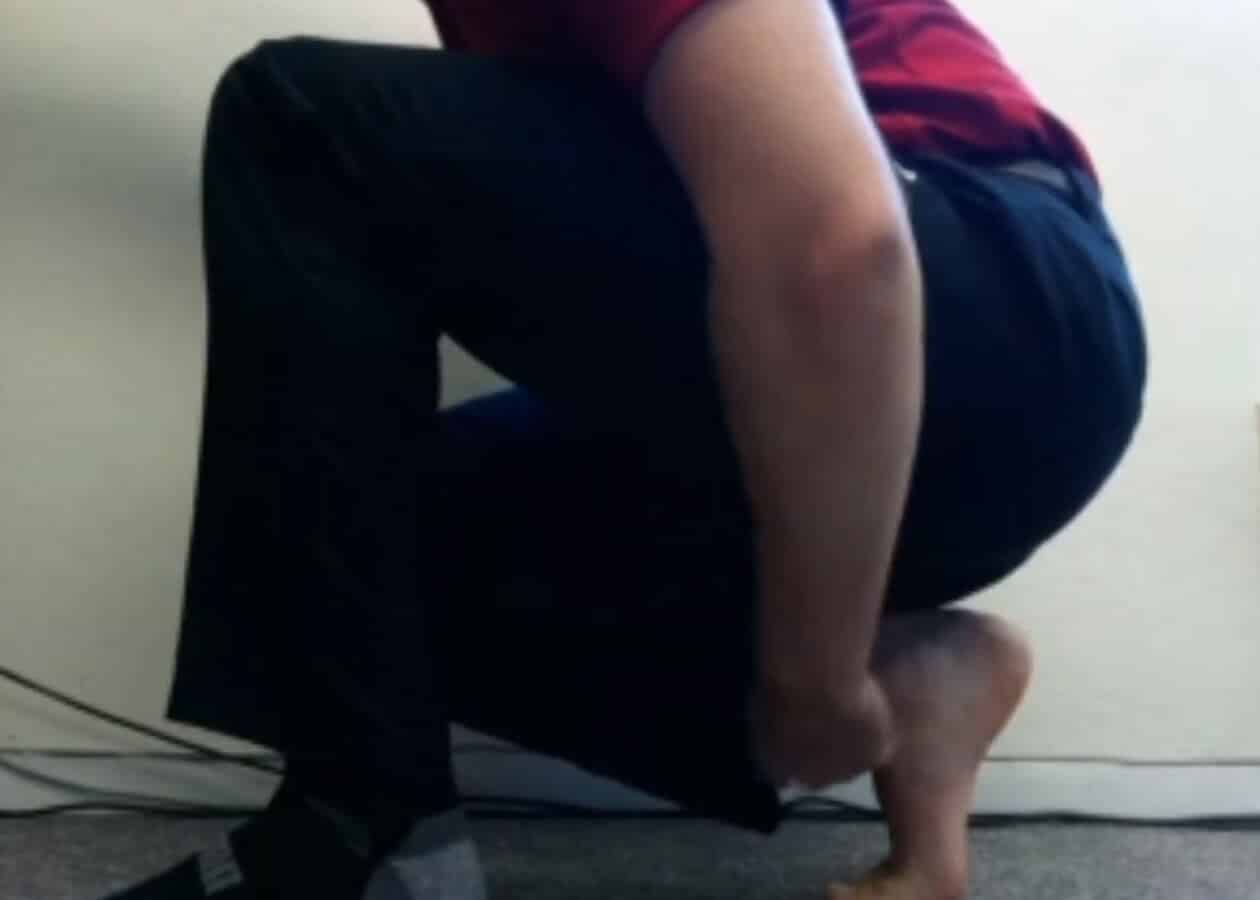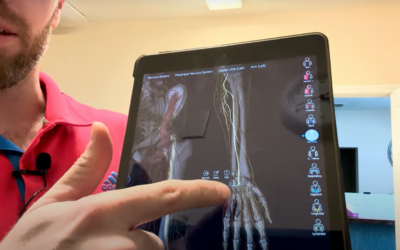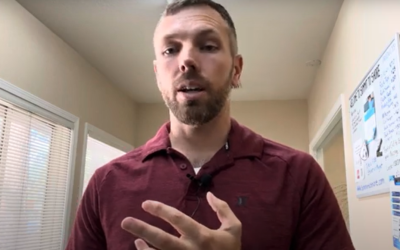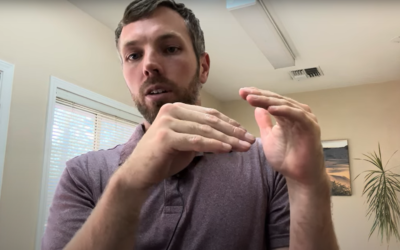This one is about foot and ankle pain. A couple big issues are that when you don’t have the motion in the toes or the ankles, it is really common to have issues up the leg and into the back. And because so many of us have had issues with a common ankle sprain, we lose some of that motion unless we try and get it back, which makes us more prone to future injury. Here are a couple things you can to do, assess how you are doing and to help increase the motion in the ankle and toes. The first one is checking out the toe motion. You should have about a 90 degree angle at the big toe when squatting down is what you are aiming for. The second one is looking at the ankle. You want to keep your foot and heel flat on the ground and be able to push your knee towards the wall. You should have a couple inches between the wall and your toes and be about the same on both sides. If you move your foot back and your heel comes up when pushing the knee towards the wall, you have gone too far. So hopefully that can help you because if you can get the toes and ankle moving better and can help the whole body move and function better. Thanks for watching and see you next time.
How to improve carpal tunnel syndrome
Carpal tunnel syndrome can cause problems to your every day life. Finding where the nerve is effected and why it is irritated are ways to manage the symptoms.





